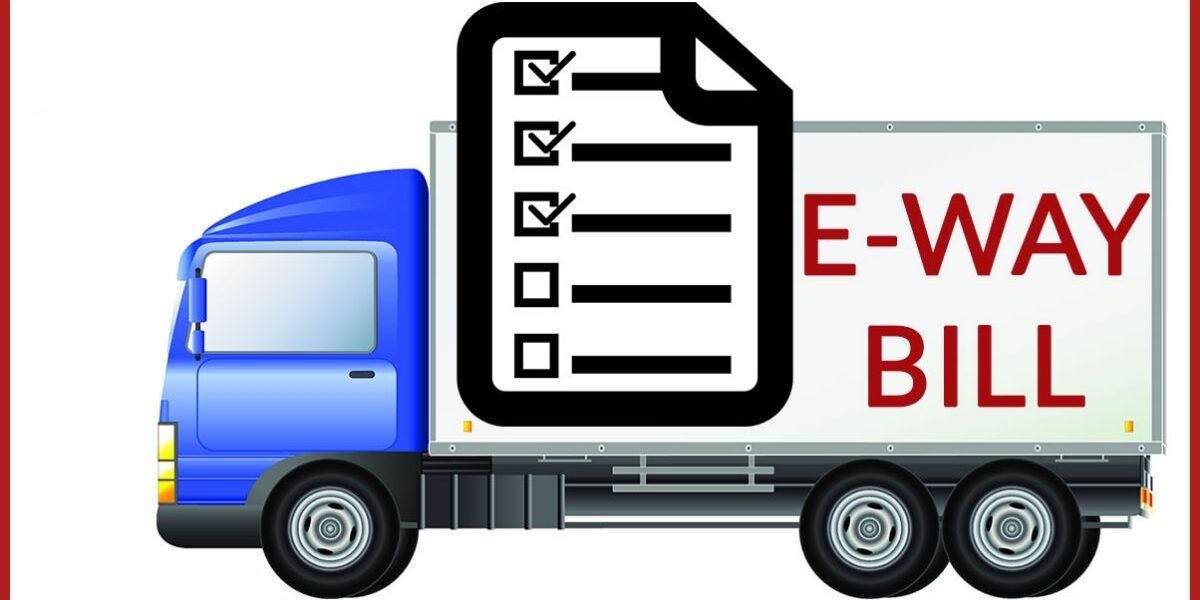INTRODUCTION
The full form of E-Way bills is the “Electronic Way Bill”. The e-way Bill System for Inter-State movement of goods across the country has been introduced on 01 April 2018. E-Way Bill is mandatory for Inter-State movement of goods of consignment value exceeding Rs. 50,000/- in motorized conveyance.
E-WAY BILL
E-Way Bill is a document required by a person in charge of the conveyance carrying any delivery of goods of value exceeding Rs. 50,000 as commanded, by the government, it is generated from the G.S.T common portal for e-way bill system by the registered person or transporters who cause movement of good before the commencement of such movement.
Who should generate the e-way bill and why?
An e-way bill is to be generated by the consignor or consignee himself if the transportation is being done in own/hired transportation or by railways by air or by ship. If the goods are handed over to a transporter for transportation by road, an E-way bill is to be generated by the Transporter.
Where neither the consignor nor consignee generates the e-way bill and the value of goods is more than Rs.50,000/- it shall be the responsibility of the transporter to generate it.
Further, it has been provided that where goods are sent by a principal located in one State to a job worker located in any other State, the e-way bill shall be generated by the principal irrespective of the value of the consignment.
Why is the E-way Bill important?
It helps us clearly know the movement of goods in every state and thus helps prevent tax evasion. Hence, the e-way bill is an important document that facilitates the movement of goods from one place to another. … The taxpayer/ transporter must generate an e-way bill before the movement of goods commences.
E-Way Bill under GST
An e-way bill is an electronic document generated on the GST portal to verify the movement of goods. It has two Components-Part A comprising of details of GSTIN of the recipient, place of delivery (PIN Code), invoice or challan number and date, the value of goods, HSN code, transport document number (Goods Receipt Number or Railway Receipt Number or Airway Bill Number or Bill of Lading Number) and reasons for transportation; and Part B comprising of transporter details (Vehicle number).
As per Rule 138 of the CGST Rules, 2017, every registered person who causes movement of goods (which may not necessarily be on account of supply) of consignment value more than Rs. 50000/- is required to furnish the above-mentioned information in part A of e-way bill. Part B containing transport details helps in the generation of the e-way bill.
Also, where handicraft goods are transported from one State to another by a person who has been exempted from the requirement of obtaining registration, the e-way bill shall be generated by the said person irrespective of the value of the consignment.
Purpose of E-Way bills
An e-way bill is a mechanism to ensure that goods being transported comply with the GST Law and is an effective tool to track the movement of goods and check tax evasion.
Validity of E-Way Bill
The validity of the e-way bill depends on the distance to be traveled by the goods. For a distance of less than 100 Km, the e-way bill will be valid for a day from the relevant date. For every 100 Km thereafter, the validity will be an additional one day from the relevant date.
The “relevant date” shall mean the date on which the e-way bill has been generated and the period of validity shall be counted from the time at which the e-way bill has been generated and each day shall be counted as twenty-four hours.
In general, the validity of the e-way bill cannot be extended. However, Commissioner may extend the validity period only by way of issue of notification for certain categories of goods which shall be specified later.
Further, if under circumstances of an exceptional nature, the goods cannot be transported within the validity period of the e-way bill, the transporter may generate another e-way bill after updating the details in Part B of FORM GST EWB-01.
Cancellation of E-Way Bill
Where an e-way bill has been generated under this rule, but goods are either not transported or are not transported as per the details furnished in the e-way bill, the e-way bill may be canceled electronically on the common portal, either directly or through a Facilitation Centre notified by the Commissioner, within 24 hours of generation of the e-way bill.
However, an e-way bill cannot be canceled if it has been verified in transit by the provisions of rule 138B of the CGST Rules, 2017. The facility for the generation and cancellation of e-way bills will also be made available through SMS.
Conclusion
The e-way bill provisions aim to remove the ills of the erstwhile way bill system prevalent under VAT in different states, which was a major contributor to the bottlenecks at the check posts. Moreover different states prescribed different e-way bill rules which made compliance difficult. The e-way bill supplying under GST will bring in a uniform e-way bill rule which will be applicable throughout the country.
The physical interface will pave way for a digital interface which will facilitate faster movement of goods. It is bound to improve the turnaround time of vehicles and help the logistics industry by increasing the average distances traveled, reducing the travel time as well as costs.

